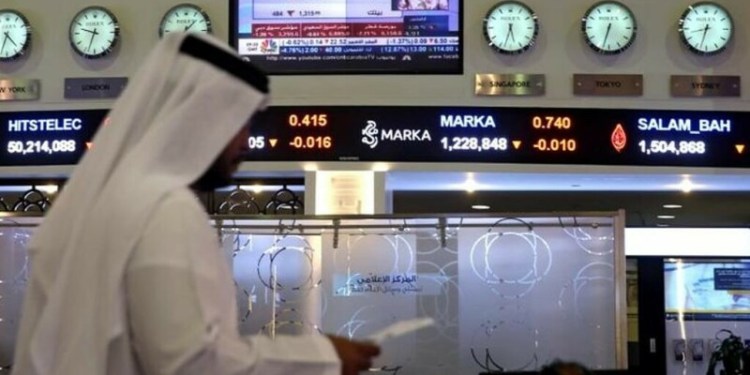Investing.com – Today, October 19, marks thirty years since Black Monday, Wall Street’s biggest one-day price drop in history.
The 1980s started in a recession. In the US, inflation hit 13.5%, while unemployment reached 10.8%. However, over the next few years, the economy recovered. In 1987 unemployment fell back below 6%. During this period, nicknamed the Roaring Eighties, stock markets rose dramatically. In August, 1982, the was at 780 points. By August 1987 it had peaked at 2,722 points.
From there, Wall Street’s bull run started to slow. In the days leading up to Black Monday, there were several big drops. On October 14, 1987 the Dow fell a then-record 3.8%. A day later it dropped another 2.4%. In hindsight, these drops foreshadowed what was coming next.
On October 19, Wall Street completely collapsed. The Dow lost 508 points, or 23%, wiping out $500 billion in market capitalization.
In examining what caused the market collapse, many blamed computerized trading, hedging strategies, and portfolio insurance for exceptionally high volumes of selling. Others blamed overvaluations and theorized that the crash was merely the vbursting of a bubble.
Today, many investors are also concerned about a possible bubble burst. Changes in trading processes are supposed to make it almost impossible for a meltdown such as the Black Monday crash of 1987 to occur again. However, given the complexity of today’s financial markets, it is impossible to know how the market could react in a similar scenario.
Fusion Media or anyone involved with Fusion Media will not accept any liability for loss or damage as a result of reliance on the information including data, quotes, charts and buy/sell signals contained within this website. Please be fully informed regarding the risks and costs associated with trading the financial markets, it is one of the riskiest investment forms possible.
Source: Investing.com


























